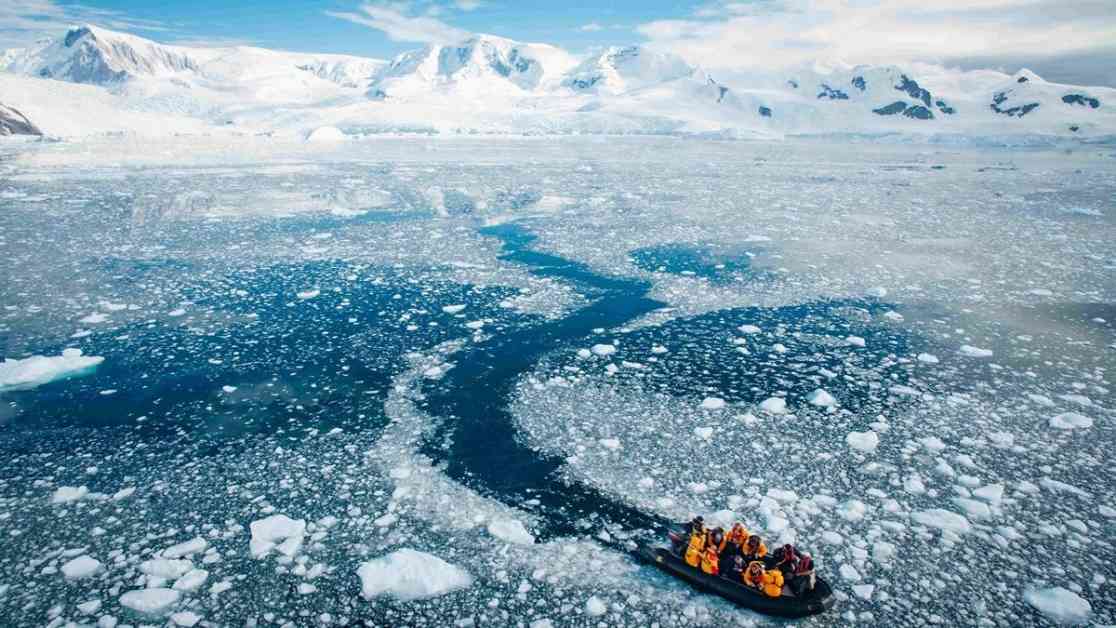In an effort to combat the rapid melting of Antarctic glaciers due to global warming, scientists have proposed a groundbreaking solution: constructing massive underwater curtains to protect the ice sheets from warm seawater. The Seabed Curtain project aims to create a 100-kilometre-long barrier anchored to the Amundsen Sea floor, rising 200 meters from the ocean bed to block warm water that erodes the bases of coastal glaciers, specifically targeting the Thwaites and Pine Island glaciers.
The urgency of addressing glacial melting is emphasized by the potential catastrophic consequences, including global flooding and the displacement of millions of people. The loss of critical glaciers like Thwaites and Pine Island could lead to a three-meter rise in global sea levels, highlighting the importance of mitigating warm water erosion through innovative solutions like the underwater curtain.
However, along with the engineering challenges posed by the harsh Antarctic environment, the Seabed Curtain project also faces complex political issues that need to be addressed. Concerns about authority, sovereignty, and security in Antarctica have been raised by a research team from Kobe University, warning that neglecting these issues could lead to conflicts over governance and territorial claims in the region.
Authority questions revolve around who has the power to approve such a large-scale project and how it could impact governance structures in Antarctica. Sovereignty issues raise concerns about existing territorial claims and the implications of the project on these claims. Security challenges also emerge, with the need to safeguard the underwater curtain as vital planetary infrastructure.
While the project is still in its early stages, with researchers exploring different designs and materials, the urgency of developing solutions to protect Antarctic glaciers is clear. One innovative idea involves using a perforated pipe to create a curtain of air bubbles along the seabed, offering a potential alternative to the physical barrier.
The Seabed Curtain project represents a bold step towards addressing the accelerating melting of Antarctic glaciers, but it also highlights the importance of considering political dimensions alongside scientific and engineering challenges. By proactively addressing authority, sovereignty, and security concerns, scientists can work towards a solution that not only protects the environment but also promotes international collaboration and peace in Antarctica.













